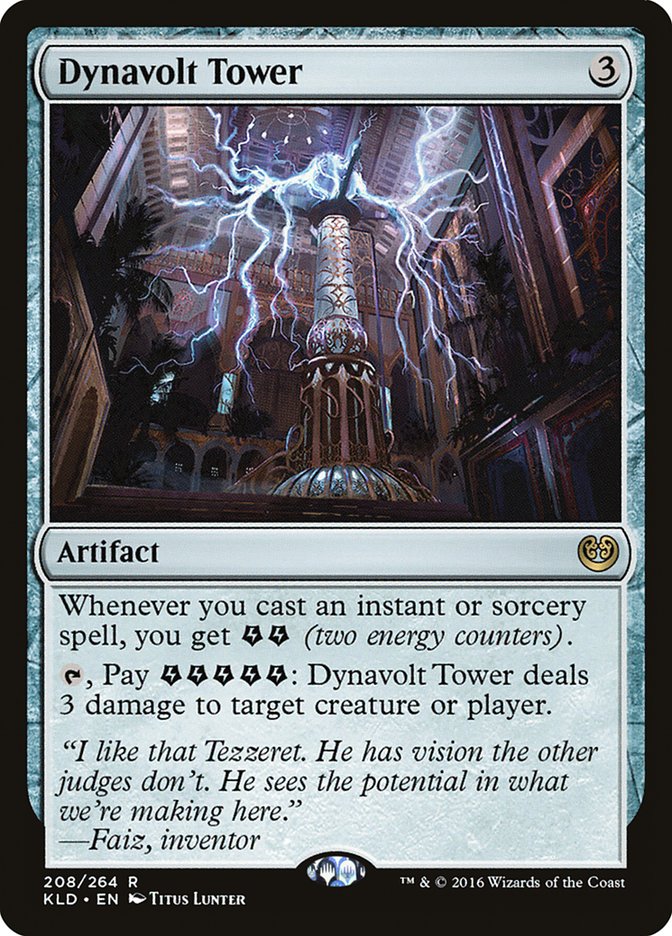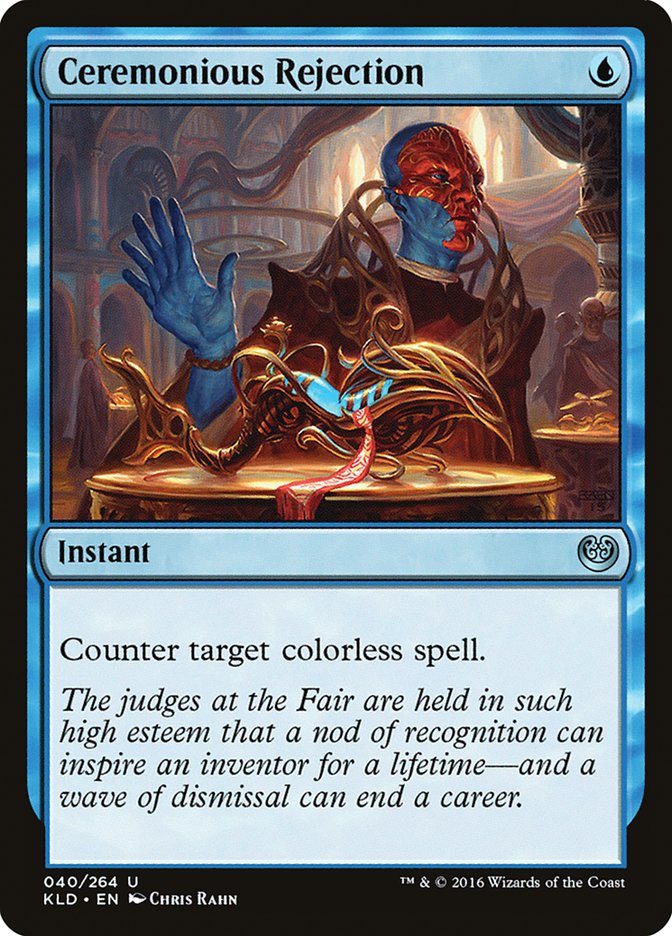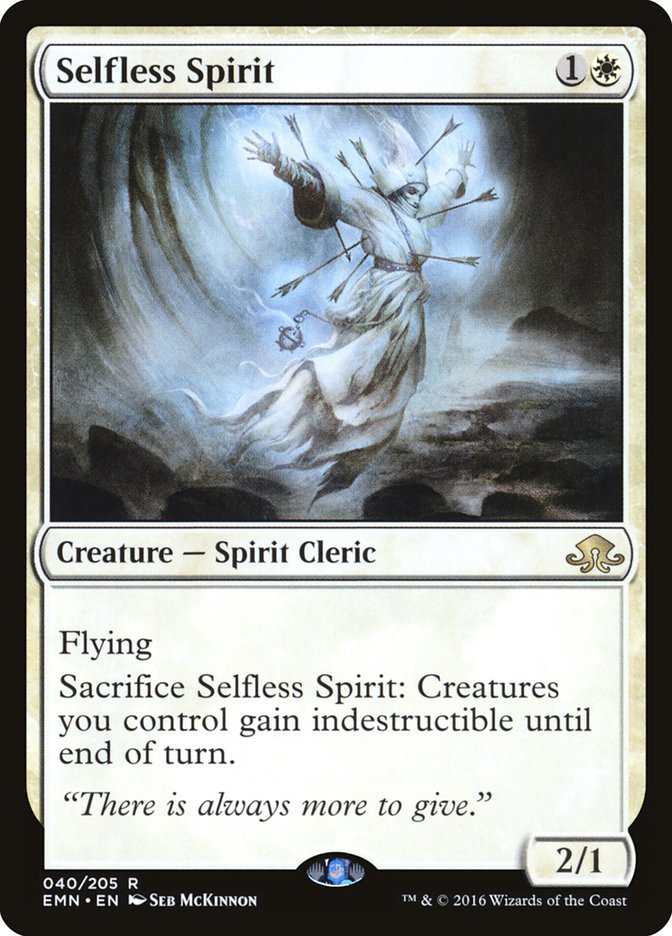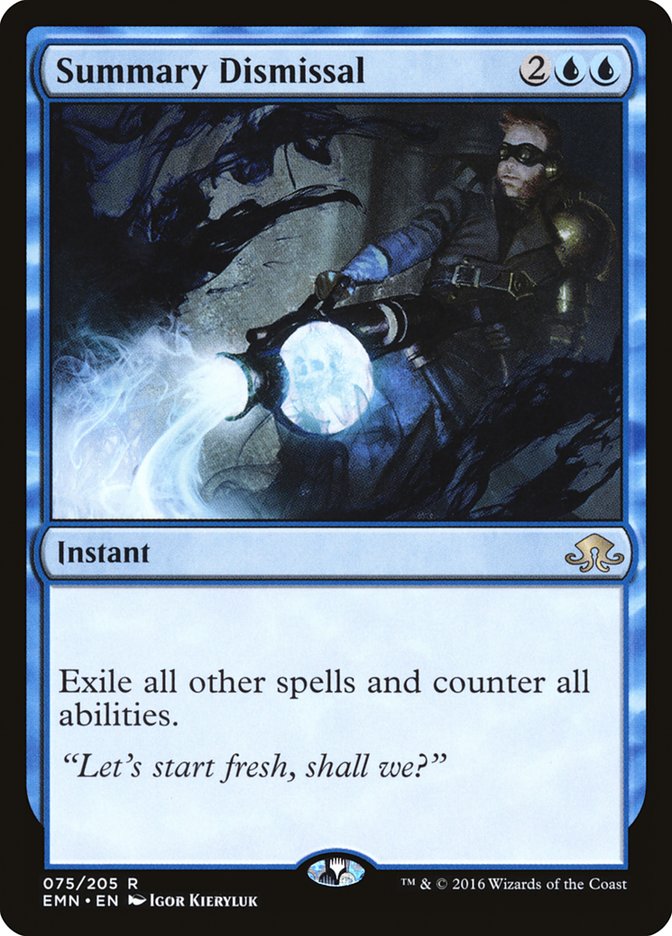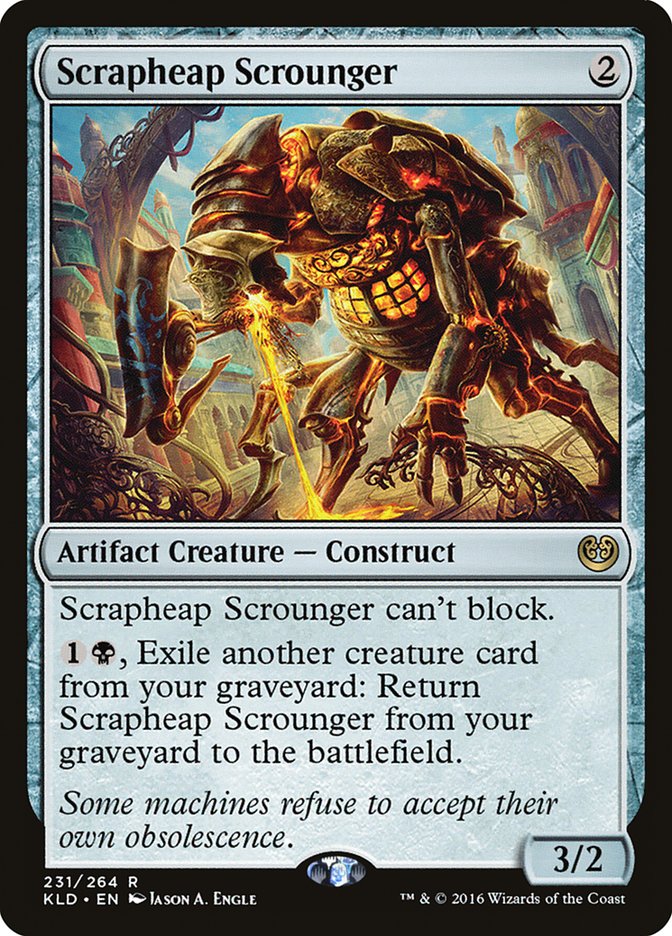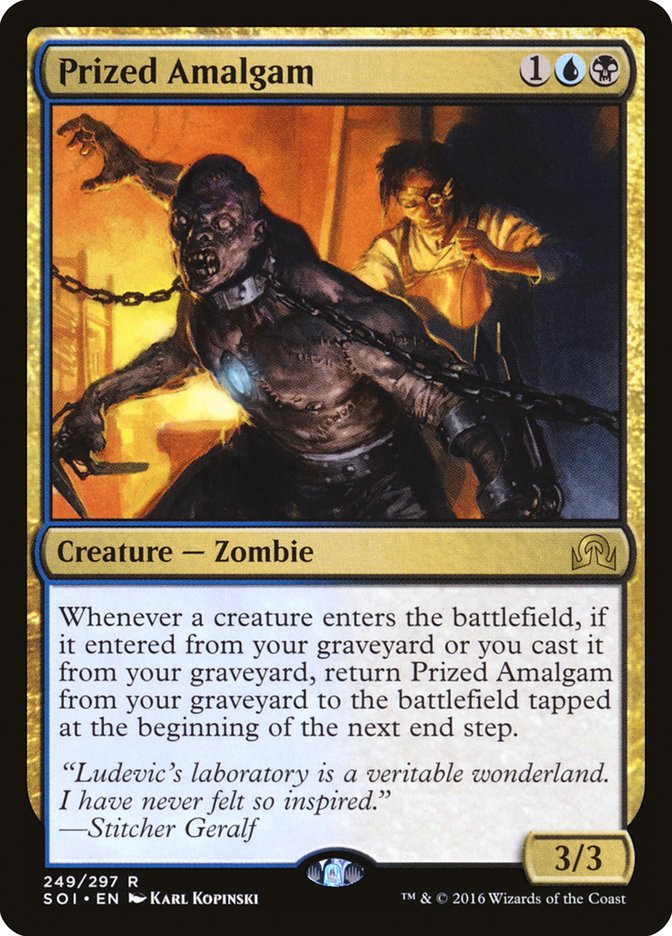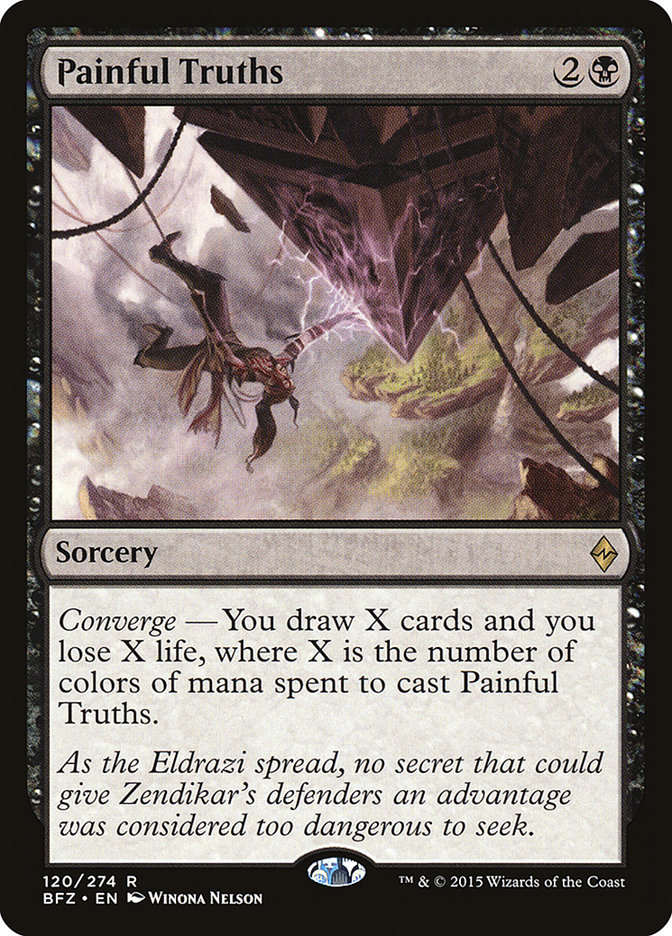People seem to be losing their minds over W/U Flash in Standard. I’m not really sure what changed between the Pro Tour and right now, but I have a feeling the deck is not nearly as good as people are giving it credit for. But then again, I’m rarely in the situation where combat is the most important part of the game.
Archangel Avacyn is a phenomenal Magic card, acting as a solid win condition while also providing you with a scary surprise brick-wall in racing situations. It can protect your creatures from mass removal or threaten to wipe the battlefield if you have access to Selfless Spirit. But from my perspective, Archangel Avacyn is just a fancy Serra Angel. Allow me to explain.
Since the release of Shadows over Innistrad, I’ve been the player trying to kill Archangel Avacyn. I haven’t been trying to race it. I haven’t been casting it or running creatures headlong into it during combat. I rarely have creatures on my side of the battlefield that die to it flipping. So, from my viewpoint, Archangel Avacyn doesn’t seem all that threatening, or even good. I’ve been looking at Standard through blood-red goggles, and that really hasn’t changed in the last six months.
Creatures (6)
Planeswalkers (1)
Lands (26)
Spells (27)

I’ve been playing with variations on Shota Yasooka’s Grixis Control list, with my results being solid. Control decks of this nature are only for the dedicated control players and those who can play games at a fast pace. Yasooka is one of the fastest players in the world, making important decisions at a snap, and still was coming close to getting unintentional draws at the Pro Tour.
Much like the previous Standard format, many of the decks have the ability to play long games. Inherent and virtual card advantage from threats like Tireless Tracker or Gideon, Ally of Zendikar is difficult for many control strategies to overcome. It requires patience, strong deckbuilding, and solid play. If you don’t have the right answers in your deck, there is a very good chance you’ll get run over.
And that is the heart of the matter. Control decks are often stuck trying to beat everything their opponent throws at them, while the midrange or aggressive deck is able to continually play threats and hope they’re good enough. As the old saying goes, “There are no wrong threats, only wrong answers.”
A certain card or plan can be invalidated over the course of one tournament, leaving you scratching your head. What went wrong? Why did Thing in the Ice suddenly become bad? Why was it even good last weekend? These are the kind of questions you have to continually ask yourself as a control player, looking for any edge you can find.
Creatures (9)
Lands (26)
Spells (25)

I learned a lot about control, and deckbuilding, from playing Jeskai Black for six months straight. At the beginning, Mantis Rider felt like a necessary inclusion to attack planeswalkers as well as provide you with an efficient threat that could steal games. As the format evolved, I found Mantis Rider to be unnecessary, although it did put a lot more pressure on you to find other ways to deal with those planeswalkers. As I continue playing control decks in the current Standard format, I find myself learning similar lessons.
Let’s start with my current list for Grixis Control and talk about why I made the changes I did.
Creatures (6)
Planeswalkers (1)
Lands (26)
Spells (27)

The major change is a move away from Radiant Flames in the maindeck and toward Dynavolt Tower. Now, I know what you’re thinking: “Todd just can’t get away from durdly artifacts.” You’re probably right, but I’ve found that the easiest way to clench control is to have some sort of engine in your deck.
Dynavolt Tower has already proven, to me at least, that it is powerful enough to deserve a slot in the deck. I wanted to move toward three or four, but it will take some time to find the right balance. For now, we usually want to draw one, but a second copy could lead to some stagnant draws.
I like to compare Dynavolt Tower to Thing in the Ice. Both are threats you can put onto the battlefield and will ultimately win you the game if left unchecked. But drawing too many of either leads to the inability to trigger them, as well as taking up slots in your deck that could help you defend against early creature rushes or late-game bombs. For every finisher you play in your deck, you’re losing access to a removal spell, counterspell, or card draw spell. Balance is key.
Now, aside from Dynavolt Tower, much of the deck is the same. I liked having access to one copy of Ceremonious Rejection, giving you ways to interact with a number of troublesome cards for just one mana.
And when you are a control deck, having answers for one mana can swing games heavily in your favor. The turns where you’re able to cast two or more spells are the ones where you start to pull ahead of your opponent. While Ceremonious Rejection isn’t flashy, it does one job particularly well. And luckily for us, most decks in Standard play either Smuggler’s Copter or some other key target for Ceremonious Rejection.
The Negate and Void Shatter count also feels just right. I’ve contemplated putting the third Negate into the maindeck over the Ceremonious Rejection, but doing so has led to some complications in spots where I can beat Emrakul, the Promised End as long as it doesn’t physically hit the battlefield. Also, it costs two mana.
The one problem with W/U Flash becoming a major contender in Standard is that it makes Thing in the Ice a lot worse, as the popularity of Reflector Mage directly impacts how much I want to play Thing in the Ice. In the case of Bant Company dominating the Standard format, I found myself cutting Thing in the Ice from virtually every list. If the trend of W/U Flash gaining popularity continues, I’ll likely try to find alternate means of winning the game.
For now, there are enough other decks in the format where Thing in the Ice shines. Scrapheap Scrounger and Prized Amalgam can be particularly annoying. A cheap blocker for those is something this deck needs. Damage control in the early turns is big when you plan on winning the game past the eighth turn.
With the changes in mind, let’s go over some of the popular decks in Standard and figure out our best way to approach each matchup.
Creatures (22)
Planeswalkers (4)
Lands (25)
Spells (9)

As you can see, this deck is full of threats with the keyword “flash,” hence the deck’s name. That means, as a control player, you need to match their threats with instant-speed answers. Counterspells, removal spells, and even card draw spells need to be cast at instant speed in order to compete. Otherwise, your opponent gets to dictate the pace of the game and pick the spots they want in order to win fights.
Starting with Selfless Spirit, this card is an absolute must-kill. If your opponent is able to set up the Selfless Spirit plus Spell Queller “combo,” you’re looking at a huge loss in tempo and likely a loss in resources in an attempt to break it up. In the days of Bant Company last season, this combination was incredibly difficult to beat for all of the U/R decks I played. I learned pretty early on that killing Selfless Spirit was a priority, no matter where you were in the game. Leaving it on the battlefield can lead to some major snowball situations that are oftentimes impossible to fight through.
This particular matchup is the major reason to include Dynavolt Tower in Grixis Control. Dynavolt Tower is a steady source of damage that can kill nearly every creature in their deck and apply pressure to Gideon, Ally of Zendikar. Much like Jeskai Black, we’re going to have trouble beating a resolved Gideon, Ally of Zendikar and countering it should be a priority, but we don’t always have that luxury.
Your goal is to kill basically every threat they cast. On top of that, you want to do your best to make sure Painful Truths doesn’t get snagged by Spell Queller. If you can do both of these things, it will be tough for the W/U Flash deck to gain any traction. Their best threat against you will almost always be Gideon, Ally of Zendikar. If it hits the battlefield and you don’t have Dynavolt Tower or Thing in the Ice going, you’re probably going to lose. But that’s just the cost of doing business.
This matchup is tough because it is the one matchup in Standard where your copies of Thing in the Ice don’t get to do all that much. Since many of their major threats have flash and they can squelch your development with Reflector Mage, you must learn not to rely on it flipping. You need to find another plan.
Creatures (16)
- 2 Pilgrim's Eye
- 2 Kalitas, Traitor of Ghet
- 2 Mindwrack Demon
- 1 Tireless Tracker
- 1 Emrakul, the Promised End
- 3 Ishkanah, Grafwidow
- 4 Grim Flayer
- 1 Noxious Gearhulk
Planeswalkers (4)
Lands (23)
Spells (17)

I think this version of B/G Delirium will be the most popular moving forward. After Grand Prix Providence last weekend, I’ve played against this exact list at least four times on Magic Online. And, in all seriousness, it is a very strong deck. The nature of midrange strategies is that they can adapt to whatever matchup they’re playing against. Even though they aren’t exactly aggressive, they can present a control deck with a number of tough threats to beat. Even Liliana, the Last Hope getting up to ultimate status can be difficult to contain if they stick it on the battlefield early.
But after sideboarding is when the match really starts. Access to a lot of discard helps them keep your card draw and engine cards in check. And if your goal is to try and one-for-one your opponent to death with removal, discard taking away your card draw spells can break your back. Painful Truths and Glimmer of Genius are hugely important against B/G Delirium.
I don’t expect Thing in the Ice to be particularly strong in this matchup, but you might need them in your deck to keep the opponent honest. I think the proper course of action is mixing up when Thing in the Ice is actually in your deck after sideboard. Otherwise, they’ll get to cut all their removal and bring in cards that can be particularly tough to beat.
This is the most important interaction in the matchup. While they only have one copy of Emrakul, the Promised End in their maindeck, they do have another in their sideboard. On top of that, cards like Traverse the Ulvenwald and Grapple with the Past make finding Emrakul, the Promised End much easier. If you’re able to contain Emrakul, the Promised End with a clean Summary Dismissal, the rest of the game should be fairly easy.
But Emrakul, the Promised End taking over your turn isn’t always devastating. I can’t even tell you how many games I’ve won in the last few weeks after getting my turn stolen, so long as I can deal with the body of Emrakul, the Promised End. If you’re able to hit it with a Void Shatter or even a Ceremonious Rejection, you can still win the game after having two or three of your spells burned by the Mindslaver ability.
Creatures (23)
- 4 Thraben Inspector
- 3 Depala, Pilot Exemplar
- 4 Scrapheap Scrounger
- 4 Toolcraft Exemplar
- 4 Inventor's Apprentice
- 4 Veteran Motorist
Planeswalkers (2)
Lands (22)
Spells (13)

This matchup is a bit more difficult without maindeck Radiant Flames, as the Mardu Vehicles deck can have some explosive starts that are tough to contain. This is true moreso on the draw than on the play, but that’s the major advantage of playing a deck as aggressive as Mardu Vehicles. As a control player, you have to build your deck in such a way to give you the best chance against the field. And even though Mardu Vehicles won Grand Prix Kuala Lumpur, I think the major stories coming out of the weekend were that W/U Flash and B/G Delirium are two decks you really need to watch out for.
But enough about those decks; this is about Mardu Vehicles, and how to fight it. I’ve tried all sorts of stuff to help fight Scrapheap Scrounger, but none of them felt right. The one-two punch of Scrapheap Scrounger and Smuggler’s Copter make it so that you don’t actually have a “best” removal spell against them. Incendiary Flow doesn’t kill Smuggler’s Copter. Nothing else really kills Scrapheap Scrounger. Most of the time, we’ll be bottlenecked into killing Scrapheap Scrounger two or three times, especially if our Thing in the Ice gets blown up by an Unlicensed Disintegration.
But after sideboarding, the matchup gets a lot easier to handle. Weaver of Lightning is almost unbeatable if it sticks around. Not only does it pick off smaller creatures, but it blocks nearly every creature in the deck. It also helps your removal spells “trade up.” By dealing an extra point of damage, cards like Galvanic Bombardment and Harnessed Lightning can kill slightly bigger creatures than normal. Or, if your opponent is swarming you with a horde of two- and three-toughness creatures, every two removal spells let you kill three creatures.
If you’ve played with Mardu Vehicles or any color combination of an aggressive Vehicle deck, you already know the words I’m saying are true. Weaver of Lightning is a powerful force that needs to be dealt with. Without killing it, Weaver of Lightning will almost always end up slaughtering your battlefield and preventing an absurd amount of attacking damage.
Creatures (22)
- 4 Prized Amalgam
- 2 Insolent Neonate
- 4 Voldaren Pariah
- 4 Haunted Dead
- 4 Cryptbreaker
- 4 Scrapheap Scrounger
Lands (23)
Spells (15)

Last, we have the “graveyard” deck. This one has been getting more and more popular, and has largely gone unchanged since before the Pro Tour. In fact, I had almost this exact list in my hands at SCG Regionals, but chose to pilot my U/R Dynavolt deck instead (big shocker, I know). But that just means the deck is good enough that it doesn’t actually need to change.
The toughest cards for us to beat in this matchup are Prized Amalgam and Scrapheap Scrounger. Recurring threats in general can cause problems for Grixis Control, but you can usually contain them if you have enough time. Card disadvantage caused by killing Prized Amalgam or Scrapheap Scrounger multiple times can be mitigated by large bursts of card advantage from Painful Truths, Glimmer of Genius, or Torrential Gearhulk. On top of that, if you can protect your Thing in the Ice, bouncing their side of the battlefield can put all of their creatures in a pretty awkward location: their hand.
If they’re forced to rebuild from scratch while also chump-blocking Awoken Horror turn after turn, it shouldn’t be too difficult to find a way to punch through. Some of their creatures can’t block or enter the battlefield tapped, which means you only have to kill one or two blockers to start getting in chunks of seven damage.
Thing in the Ice is probably your best card in the matchup because it allows you to block early while also threatening a huge swing in the game. Your opponent knows they’re on a clock and it is only a matter of time before Thing in the Ice turns the tide. If they’re unable to find a removal spell in time, or you’re able to protect it, Awoken Horror is almost always lights-out.
Much like we talked about earlier, something like Incendiary Flow doesn’t really help you enough. It doesn’t stop Smuggler’s Copter and forces you to take a big hit from Prized Amalgam before taking care of it permanently. For me, this is one of the major draws that Jeskai Control has going for it: the ability to play Stasis Snare. It does solve a lot of problems that control decks normally face. But, I’m in love with Painful Truths, and that, at least for me, is enough to keep me playing Grixis Control for now.
Exploration
My next step in Standard is exploring other archetypes. B/G Delirium is a major contender on what I want to try next, and I’m pretty happy with how it looks on paper right now. W/U Flash also seems like the kind of deck I would enjoy playing. The current Standard format is flush with archetypes to consider, and all of them have their strengths and weaknesses. At the moment, I realize I’m harping on an archetype that is putting me at a serious disadvantage. Having to be the player dealing with threats as opposed to presenting those threats is a harsh line to take, even for those who love played dedicated control decks.
There are no major tournaments this weekend. I’m going to throw a Halloween party, watch some football, and relax. And even after this weekend, I’m not planning on attending another major Standard event for weeks. I guess that just goes to show you how much fun I’ve been having playing Grixis Control.
I tell ya, there’s just something magical about casting Painful Truths. And that magic is what keeps me coming back.



